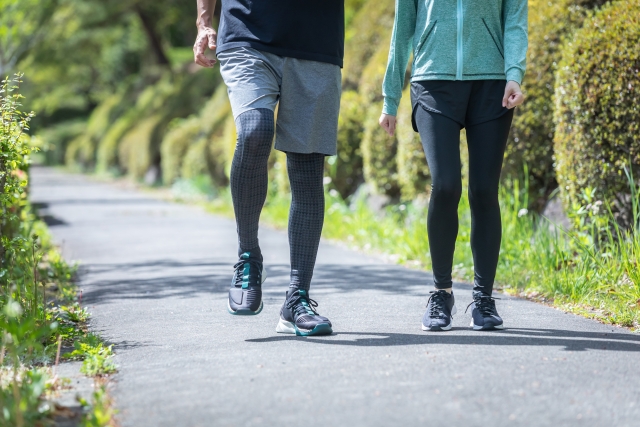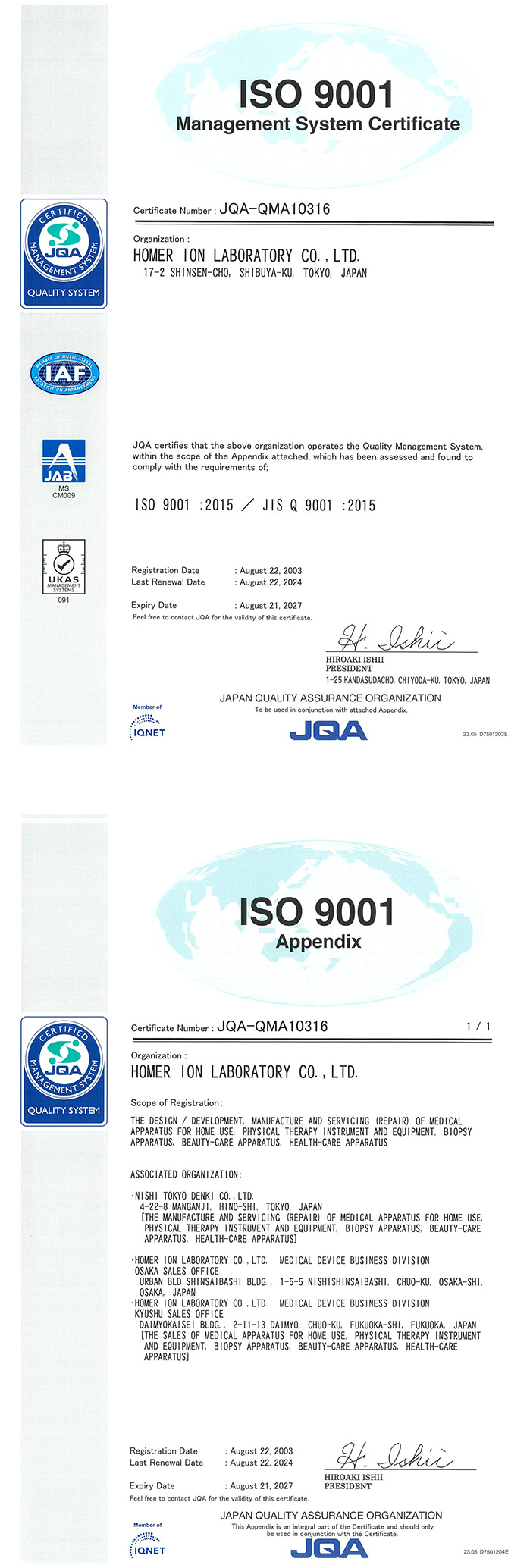

Walking is one of the fundamental movements of the human beings, and understanding its mechanisms is crucial for health management and rehabilitation. Gait analysis is a scientific method used to evaluate the quality of walking, identify issues related to walking, and guide appropriate treatment and training. In this article, we will discuss the basic concepts, methods, and applications of gait analysis.

Gait analysis is a technique that involves the detailed examination of human body movement, particularly the patterns and mechanisms of walking. It measures various phases of walking (such as the stance phase and swing phase), joint movements, and muscle activity. The results of these measurements are used as references when determining treatment or rehabilitation plans.
1. Motion Capture Systems:
Motion capture systems use infrared cameras and markers to accurately record the movement of the human body during walking. The system can analyze joint angles and the trajectory of movement in three dimensions.
2. Force Plates:
Force plates are devices that measure the ground reaction force during walking, allowing the evaluation of balance and the distribution of forces during gait.
3. Wearable Sensors:
Wearable devices equipped with accelerometers and gyroscopes can collect walking data during daily living, enabling the analysis of real-world walking patterns.
1. Rehabilitation:
Gait analysis plays a critical role in the rehabilitation of patients with conditions such as stroke or spinal cord injuries. By identifying specific walking patterns, personalized training programs can be provided to facilitate recovery.
2. Sports Medicine:
Gait analysis is also used in sports medicine to enhance athletes’ performance and prevent injuries. By analyzing running form and landing patterns, improvements in technique and reduction in risks can be achieved.
3. Elderly Care:
Gait analysis is effective in preventing falls among the elderly. It evaluates balance and walking speed, helping suggest appropriate exercise programs.
4. Adherence:
Gait analysis can visualize walking and present it in videos or numerical data, providing patients clearly their condition. This visualization helps patients comprehend better their treatment or rehabilitation, potentially improving adherence to the process.
Gait analysis is an important tool for scientifically evaluating walking quality and has applications in a wide range of fields, including medical care, sports, and elderly care.
With advancements in technology, more precise and detailed data can now be collected, and the development of research and its clinical applications is expected to grow in the future.

